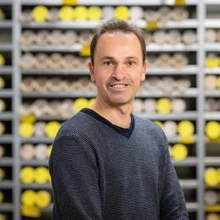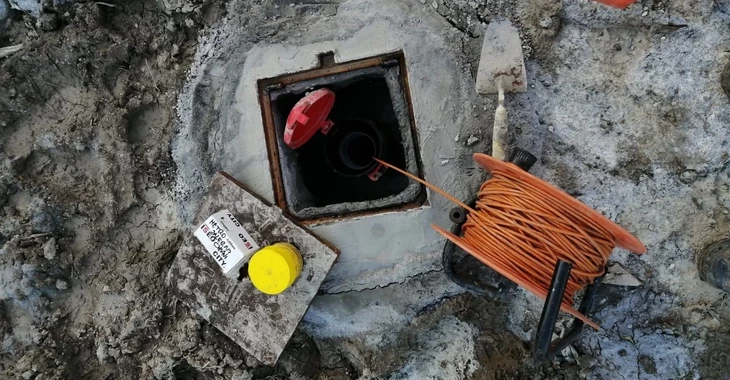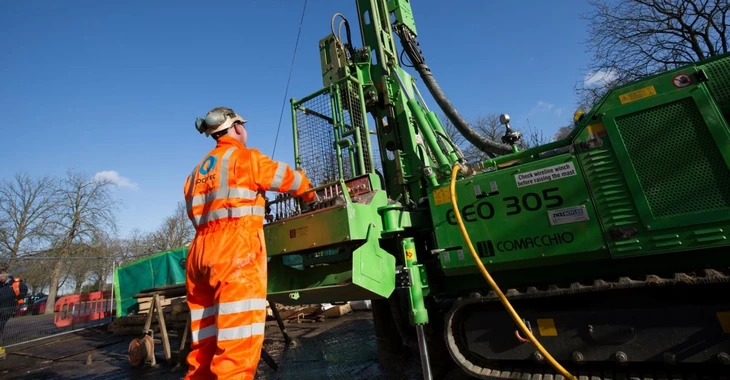As part of the planned extension of the Bernadette School located on Vondelstraat in Veghel, SOCOTEC carried out a detailed geotechnical investigation of the soil conditions. Through strategic additional cone penetration tests (CPTs) and comprehensive historical analysis, we were able to develop a cost-effective and reliable foundation recommendation. This project showcases how careful site-specific soil analysis can guide sustainable and intelligent construction decisions.
Key Information
Project name: Bernadette School Expansion, Vondelstraat, Veghel
Client: Cornelissen Aannemingsbedrijf B.V., Zeeland
Date: July 2024
Location: Vondelstraat 1, Veghel, The Netherlands

Talk to our experts
Project overview
SOCOTEC was tasked with conducting a geotechnical site survey and delivering a foundation design proposal for the school’s planned extension. This case demonstrates how a combination of site history research and supplementary soil assessments can lead to an optimized foundation approach.
Project description
To support the redevelopment of the Bernadette School situated at Vondelstraat 1 in Veghel, our engineering team carried out a geotechnical soil investigation. The initial phase included six CPTs and a manual borehole.
The results indicated the necessity of a pile foundation for the new structure. After evaluating the structural demands of the expansion, it was determined that 87 piles would be needed in total.
Four of the six CPT’s suggested soil conditions favorable to the use of auger piles - a cost-efficient piling method. However, two CPTs revealed significantly abnormal subsurface conditions, characterized by a high presence of peat in the upper layers, making the use of auger piles risky in these zones. These areas accounted for approximately 35 of the 87 required piles, or around 40% of the total.
Initially, this would have meant switching to a more expensive piling solution. However, historical records hinted that the unusual soil composition could be attributed to a former watercourse, suggesting the anomaly was limited in scope. To confirm this, we carried out seven additional CPTs - a notable increase from the original number - to delineate the affected zone more precisely.
The additional data confirmed that the problematic soil conditions were indeed confined to a small area, affecting only around 8 piles, or roughly 10% of the total. As a result, the use of the more affordable auger pile system was deemed viable for the majority of the project, offering a significant cost-saving solution without compromising safety or stability.




